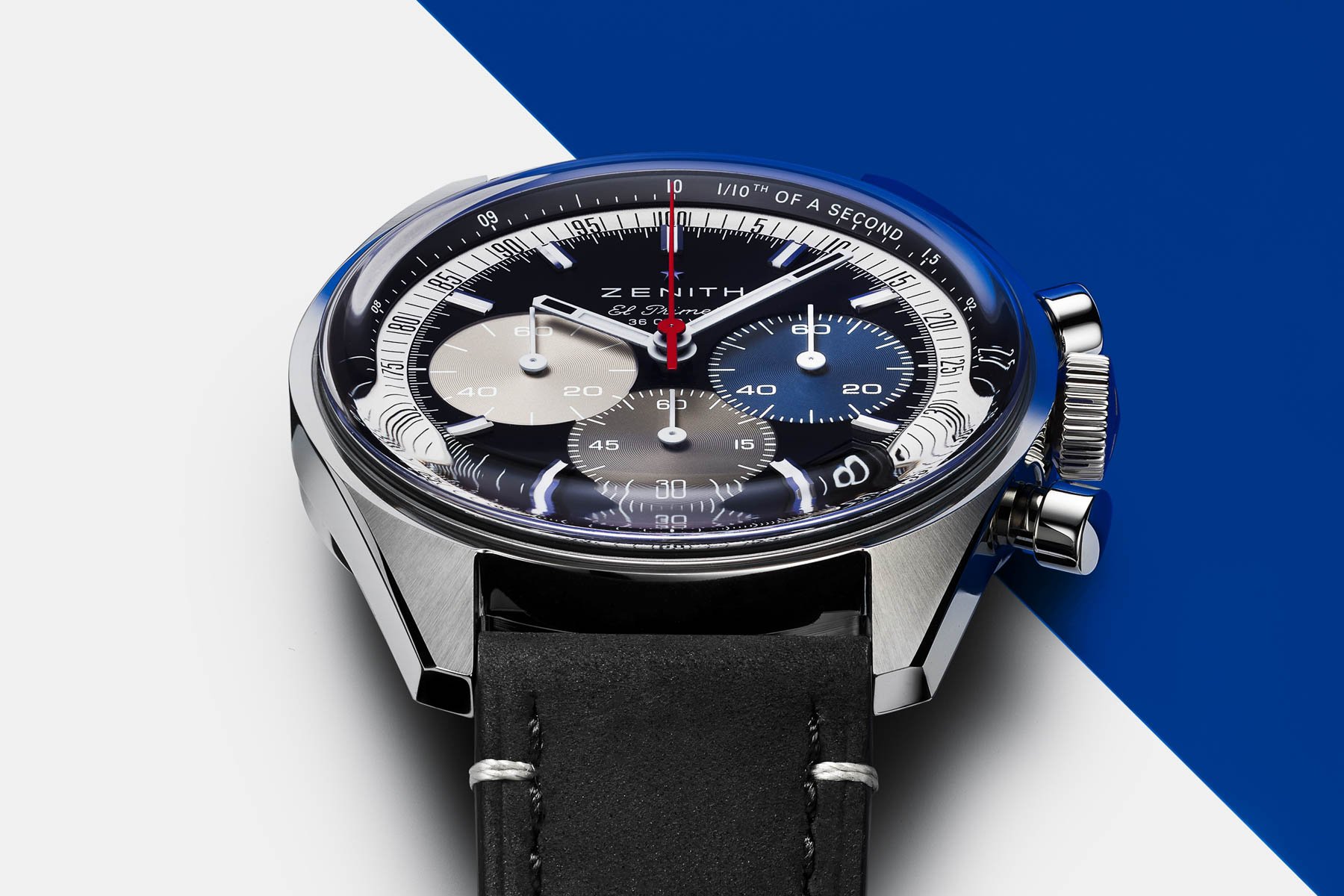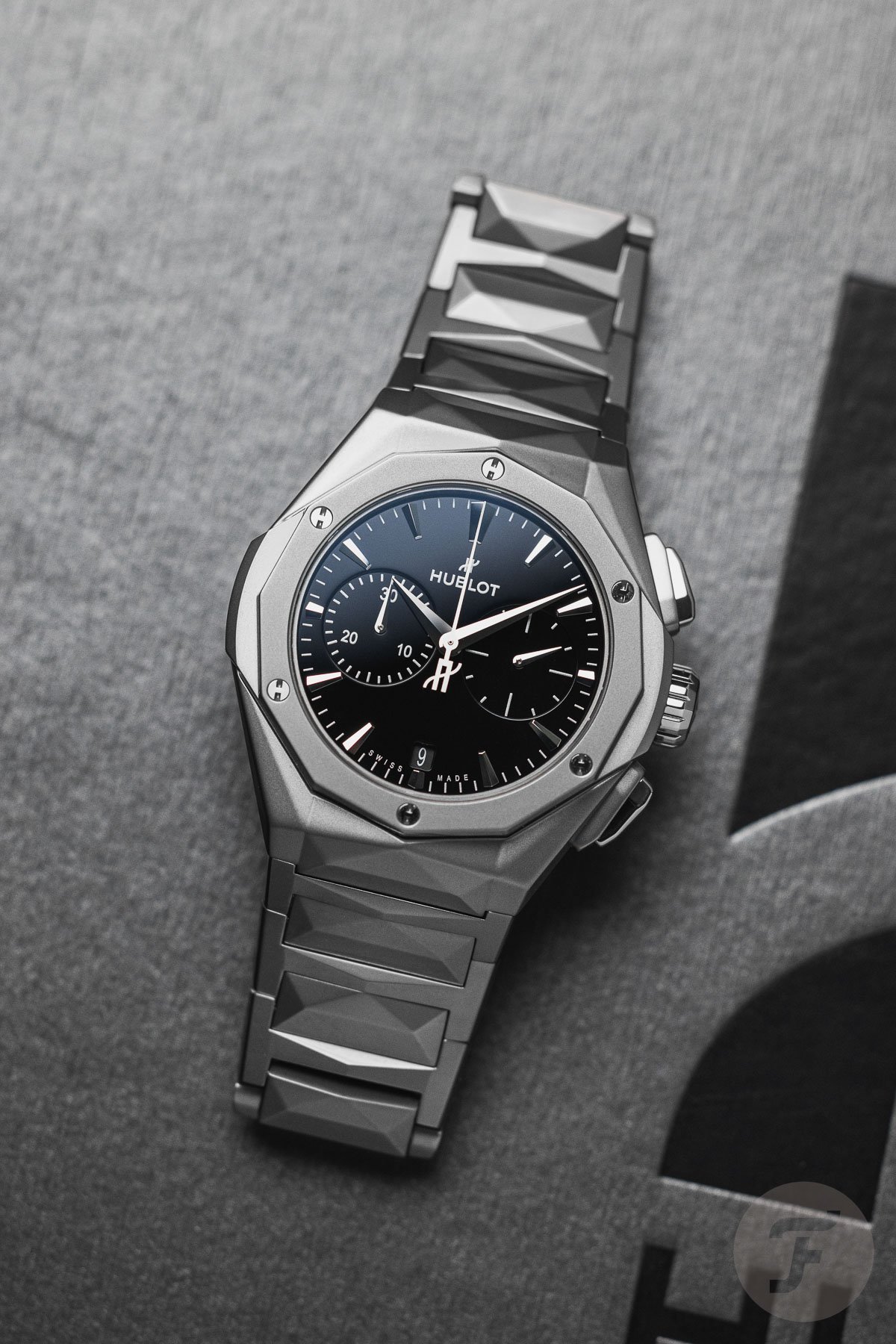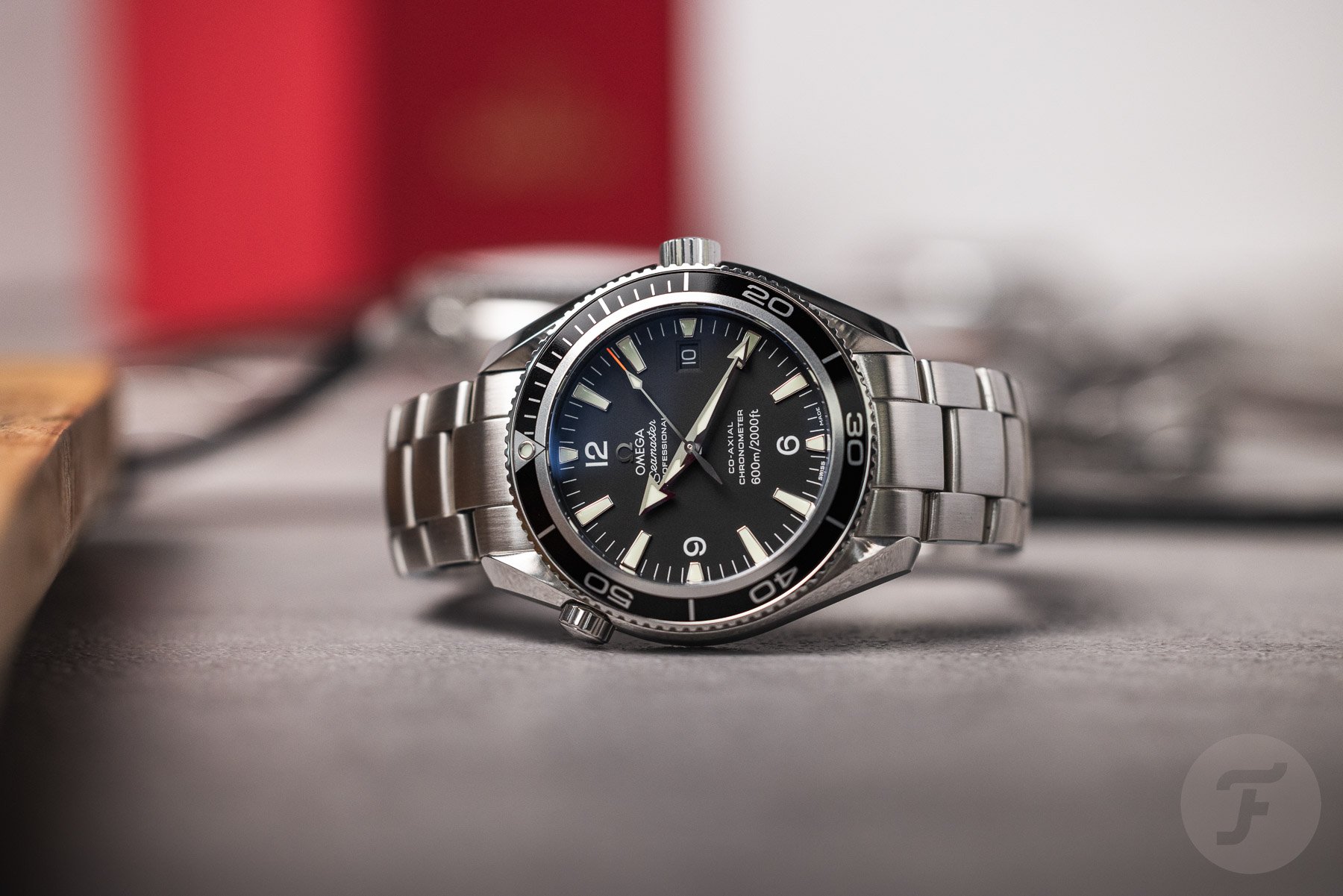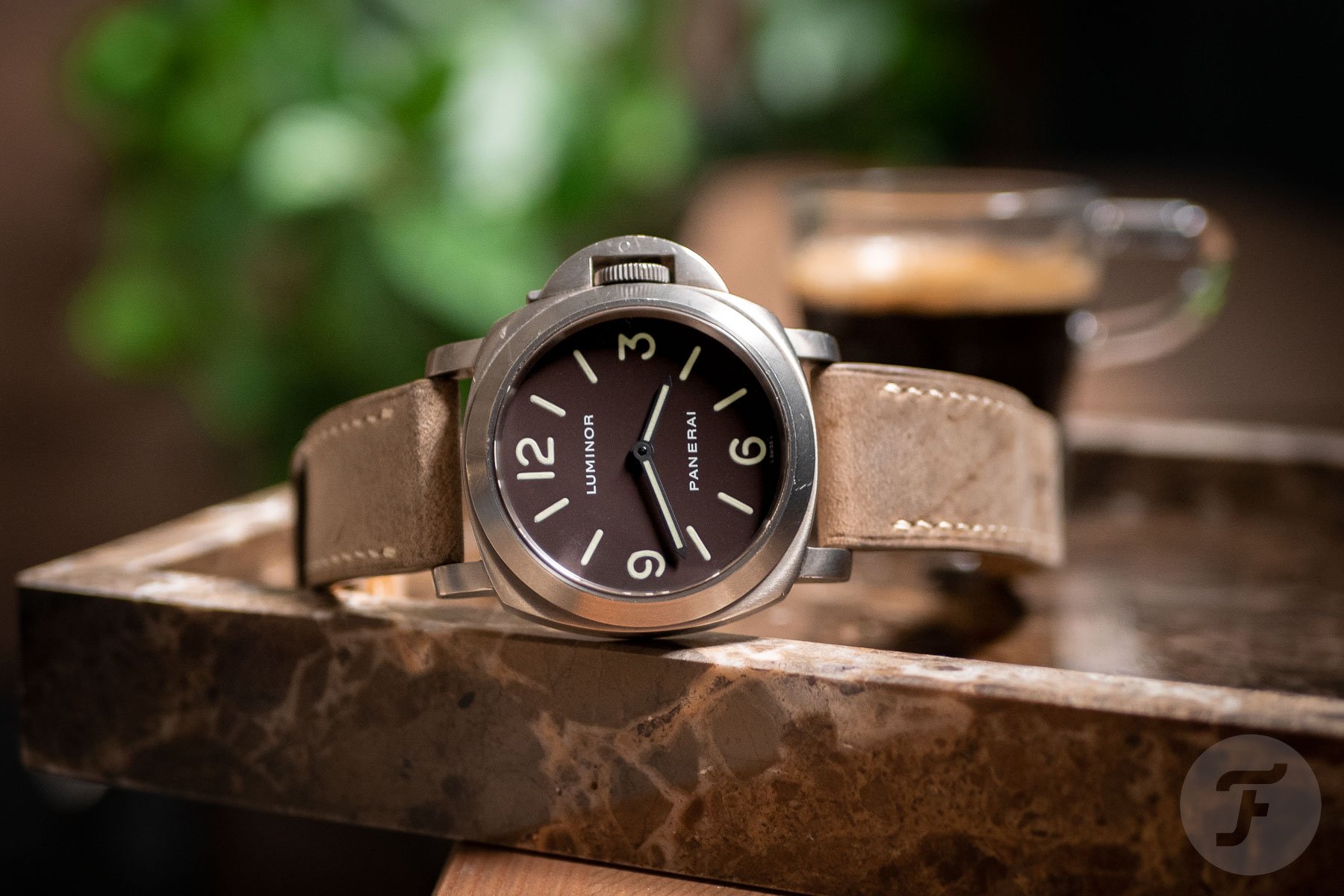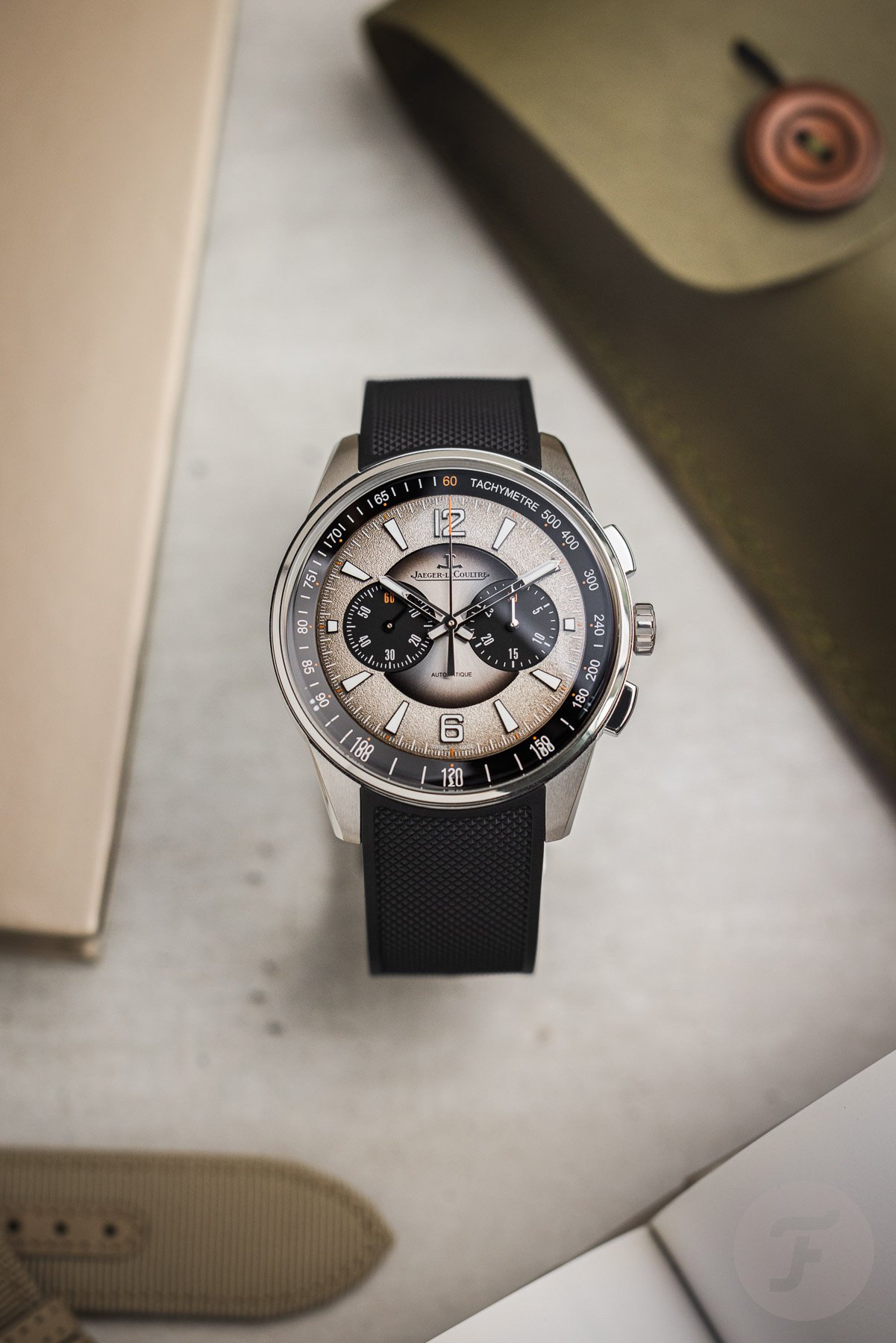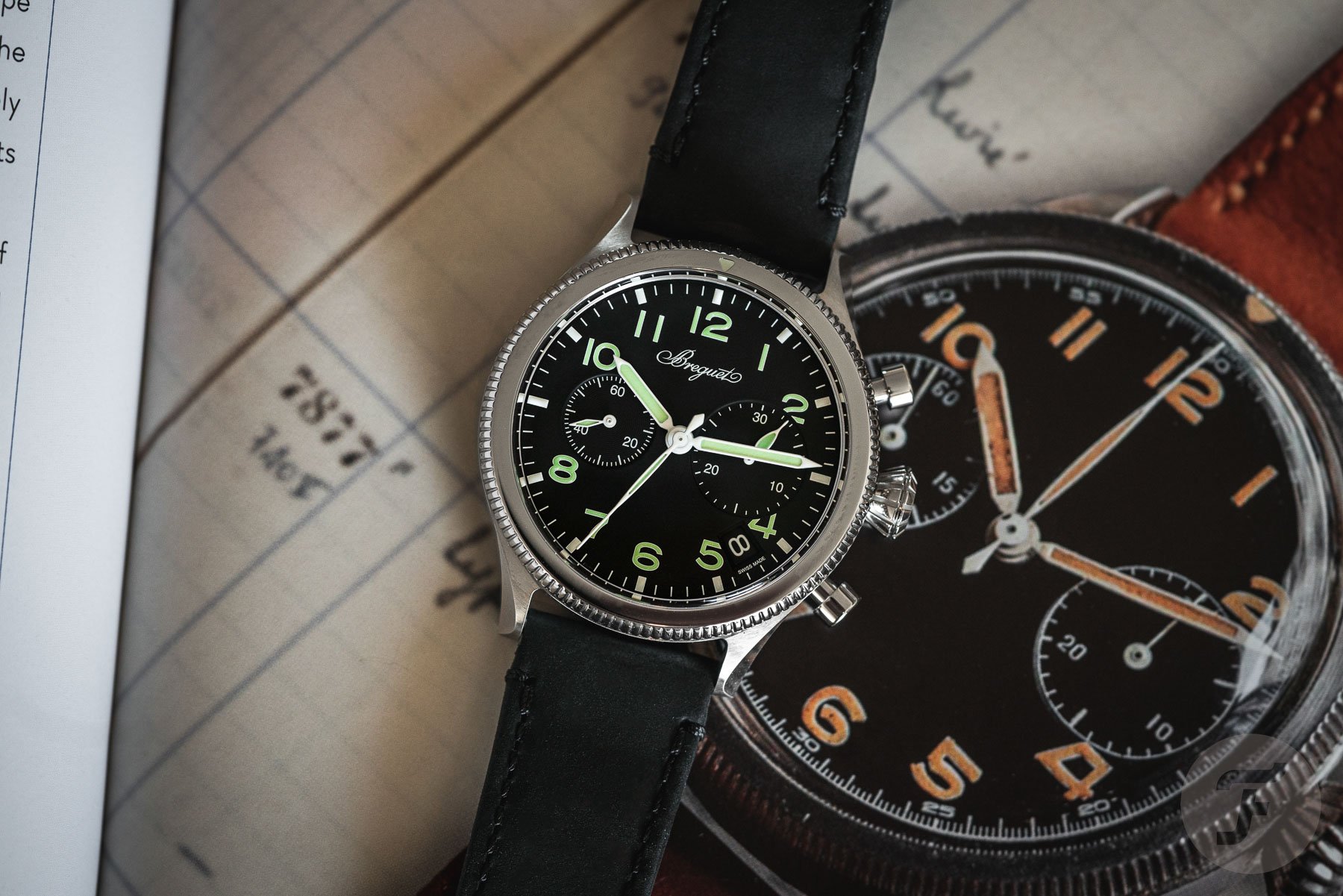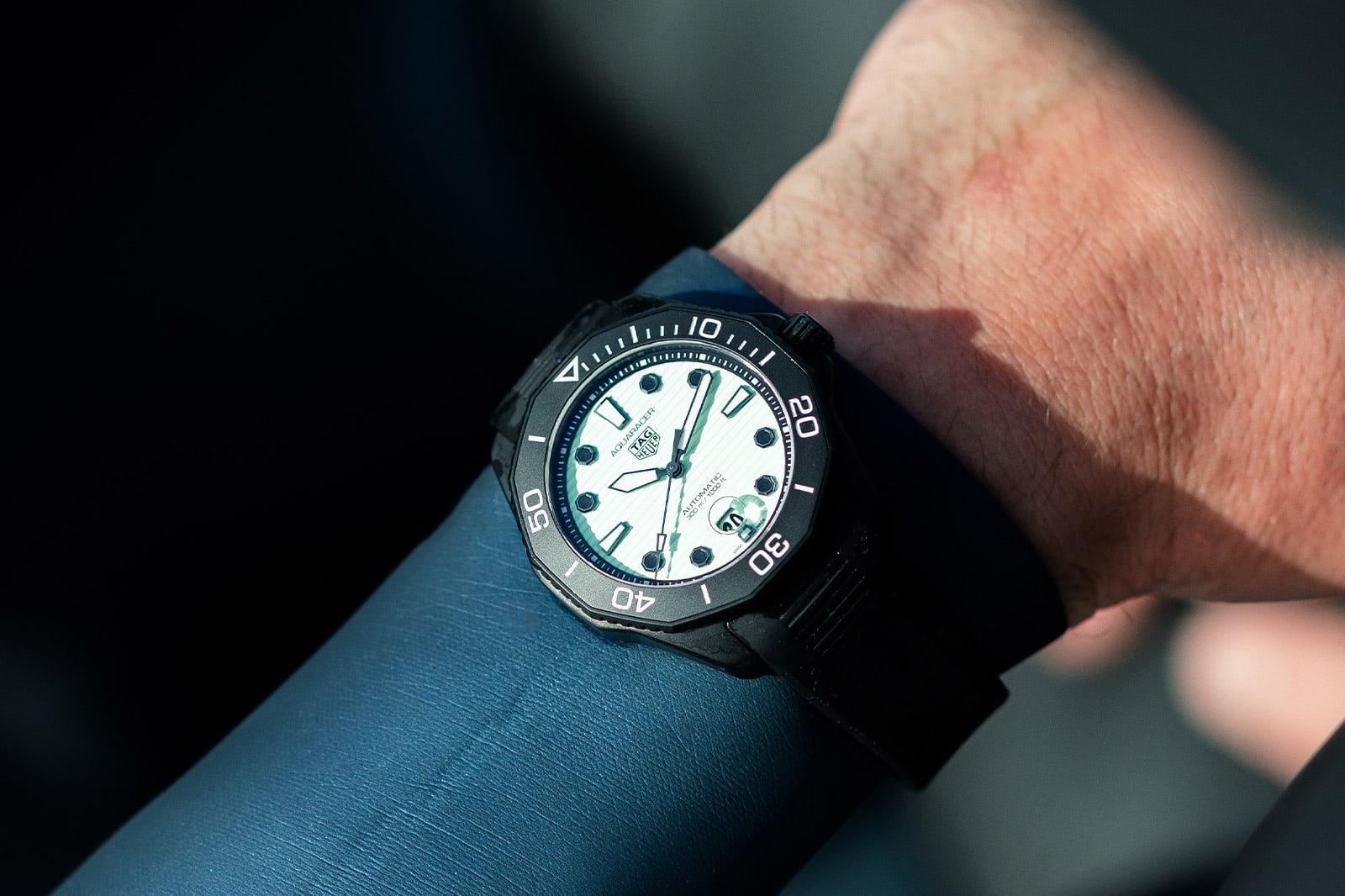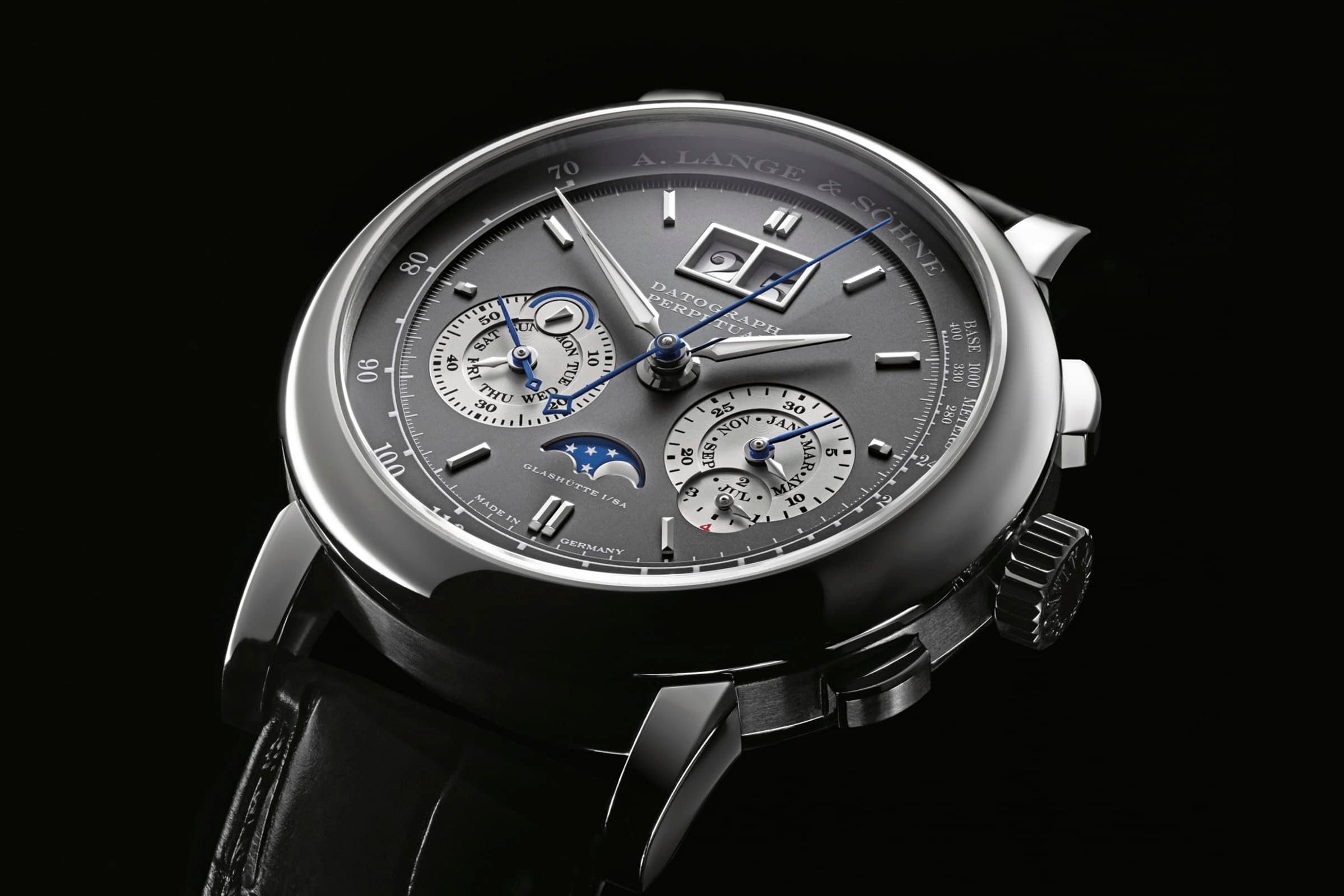The Pros And Cons Of Brand Groups — How They Can Affect The Watches We See Released
The modern watch world is dominated by a handful of brand groups. Think of Swatch Group, Richemont, LVMH, and the like. Whether you are shopping for a watch from Hamilton, A. Lange & Söhne, TAG Heuer, or Breguet, each of these brands is part of a group. As a casual watch buyer, you will probably not even notice. But if you look a little bit closer, can you see the effect of this huddling together on the actual offerings?
Legendary Dutch footballer Johan Cruijff is credited with stating, “Every disadvantage has its advantage.” Although, in actuality, this quote likely comes from Willem van Hanegem, it applies to today’s subject. The influence of big brand groups is something of a mixed bag of pros and cons. Let’s have a closer look!
Economic advantages of brand groups
Independent brands can be sensitive to economic cycles and trends. Conversely, thanks to diversification, brand groups tend to be more resilient. Most of these groups have watch brands in different market segments under their umbrellas. Additionally, they often branch out beyond watches into other luxury and fashion markets. They also tend to diversify in terms of activities, not just owning manufacturer brands but retail brands as well.
For example, look at LVMH. As watch aficionados, we know this group as the parent company of Zenith, TAG Heuer, Bvlgari, and Hublot. In the adjacent field of jewelry, LVMH also owns Tiffany & Co. But if you look at the rest of its portfolio, the breadth becomes evident. Loewe, Givenchy, Kenzo, Fendi, Louis Vuitton, Rimowa, Berlutti, Christian Dior, Guerlain, Acqua di Parma, Moët & Chandon, Hennessy, Veuve Clicquot, and Sephora all fall under the same group. And then there are property businesses, a shipyard, and even a newspaper under LVMH. In short, if Zenith goes out of style for a few years, it doesn’t put the business at risk.
Naturally, such grouping also comes with advantages in terms of economy of scale, buying power, and other synergies. In the watch world specifically, one such synergy is the possibility of co-developing parts. So-called “group movements” are a prime example. Another example is the grouping of brands in retail — “You can only become a dealer of brand X if you also take on brand Y.” Big multibrand service centers are another example of a benefit of clustering under a group.
Shared movements in brand groups
The Swatch Group owns several manufacturers of watch parts, of which ETA is probably the most famous. This maker of ébauche calibers famously used to supply tons of brands before limiting itself to those under Swatch Group ownership. But pair a caliber maker with specialist manufacturers such as Comadur (watchmaking rubies), Nivarox (escapement parts), CHH Microtechnique (movement components and sub-assemblies), and Diantus and Assemti (movement assembly), and you have some serious movement-making prowess at your brands’ beck and call.
Calibers are often developed within the group for specific brands. This way, brands can have their proprietary calibers. In a way, it combines the advantages of ébauche with those of in-house, although you might also argue it combines the disadvantages of both.
It gets problematic when it gets shrouded in mystery. Brand groups have often been criticized for suggesting calibers were in-house or “Manufacture” for specific brands. In reality, they were often just brand-specific adaptations of group calibers. I often wonder why groups would take this approach. Average buyers don’t know the difference, and connoisseurs know it isn’t true. It is a PR disaster waiting to happen if you ask me.
Tiered positioning
One interesting aspect of brand groups is the tiered positioning of their brands. Here, you see distinct differences between the groups. Richemont, for instance, has several brands competing in the same price segment. They are, however, very clearly differentiated in branding and style. IWC, Panerai, Jaeger-LeCoultre, and Piaget have huge overlaps in their price segments. But stylistically, they are worlds apart.
Swatch Group, on the other hand, has a much more tiered hierarchy in terms of pricing. This is especially true for its higher-end brands. Omega sits a step above Longines. Blancpain is above Omega, and Breguet sits above Blancpain. These brands do not tend to compete for the same buyer. In the lower segment, however, some brands do eat into each other. Hamilton, Tissot, and Certina, for instance, are in more direct competition. Interestingly, the stylistic difference between the brands is arguably smaller than within Richemont.
Within LVMH, the brands seem to remain a little more sovereign. For one, there are no movements specifically designed as shared calibers for Zenith, TAG Heuer, Hublot, and Bvlgari. Sometimes, the last three will use a Zenith base movement (here, here, and here), but all of them have several manufacture calibers as well. There is also some stylistic and price overlap but not a whole lot.
Losing some character under brand groups
One potential risk of becoming part of a group is that individual people or business units can become quite powerful. This can result in a loss of character for the individual brands under the umbrella. A subtle example is the seemingly omnipresent date complication in Swatch Group watches. We know this to be a personal preference of Nick Hayek Jr., which may be one reason that the vast majority of watches from the Swatch Group have date windows. The recent Breguet Type XX is an example that triggered a mixed response to the inclusion of a date.
LVMH is another interesting case. Under Jean-Claude Biver’s management, TAG Heuer, Zenith, and Hublot converged somewhat, stylistically. The modern, technical, skeletonized look of Hublot found its way to the Zenith Defy and Carrera H01.
The hierarchy that is applied also limits the potential of certain brands. Longines is a good example. I often feel its watches could be much better if the powers that be weren’t so dead set on staying out of Omega’s price segment. I would love for Longines to get back into high-end chronograph manufacturing. That, under Swatch Group, is unlikely to happen. Then again, the group probably saved the brand from perishing altogether, which is worthy of appreciation and respect.
Design by committee or spreadsheet
Another potential pitfall of watch brands under brand groups is over-commercialization. This, perhaps, comes with size more than group structure. But being part of a group that has overarching strategies doesn’t particularly help in this respect.
Segment tiering is one cause. Big-company hierarchy and maximization of shareholder value as the primary focus are two more. This can result in sales data and marketing overpowering creativity. We once asked why a particular reissue chronograph was upsized so much from the original. The reply wasn’t related to the design at all: “This is the best-selling size for watches, according to our data.” This shows that there can sometimes be a greater focus on commercial viability than uncompromising artistic vision.
Such watches can feel a bit uninspired. That makes sense as they don’t stem from inspiration. They stem from sales analyses and market studies. Sometimes, as aficionados, it isn’t the next sales hit we would like to see but the next inspired design. But as RJ explained before, if that were the singular focus, these brands wouldn’t survive.
Closing thoughts on brand groups
In the end, we have groups to thank for the existence of some of the brands we love. When the quartz technology wreaked havoc on the Swiss watch industry, it was groups that saved many of them. Whether brands get better under group management is another question — one that doesn’t have a simple, singular answer.
Take A. Lange & Söhne, for instance. Under Richemont, it is very much treated like an independent brand, just with the fortification of a group behind it. Vacheron Constantin wasn’t quite so lucky when the Fiftysix collection saw the introduction of group calibers. This move felt a bit like the watering down of an iconic brand. I keep coming back to Longines as another example. I feel that, even though the brand has some really good watches, it is currently being held back from greatness by group restrictions.
At the end of the day, brand groups are a fact of life. I love that they coexist with independent brands, broadening the scope of what is out there. Each has its distinct benefits and drawbacks, and it is good to have them both around.
What do you think of brand groups in the watch industry? Do you see mainly the pros or cons of a brand being part of a group? Let us know in the comments below!

